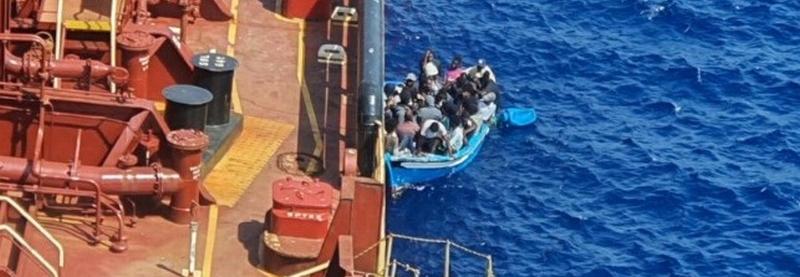 Here are two short videos that provide a glimpse at the revolution in cargo shipping in the UK (and the world) over the last half-century. The first video, “Look at Life – Report on a River – The River Thames – 1963,” captures a moment in time just before containerization changed everything. The second video shows the huge, largely automated container terminal London Gateway. The contrast between the port facilities shown on the two videos, separated in time by over 50 years, could not be more dramatic.
Here are two short videos that provide a glimpse at the revolution in cargo shipping in the UK (and the world) over the last half-century. The first video, “Look at Life – Report on a River – The River Thames – 1963,” captures a moment in time just before containerization changed everything. The second video shows the huge, largely automated container terminal London Gateway. The contrast between the port facilities shown on the two videos, separated in time by over 50 years, could not be more dramatic.
A recurring question raised by the narrator of the 1963 video was whether the London docks would be able to expand and adapt to the rise in world trade. The answer turned out to be “no.” Today the London docks have been described as “little more than a garnish of maritime nostalgia on riverside real estate.” What they could not have known in 1963 was that four years later, SeaLand Services would open the first UK container terminal in Felixstowe, approximately 90 miles northeast of London. Today, the Port of Felixstowe handles over 40% of containerized traffic in the UK.

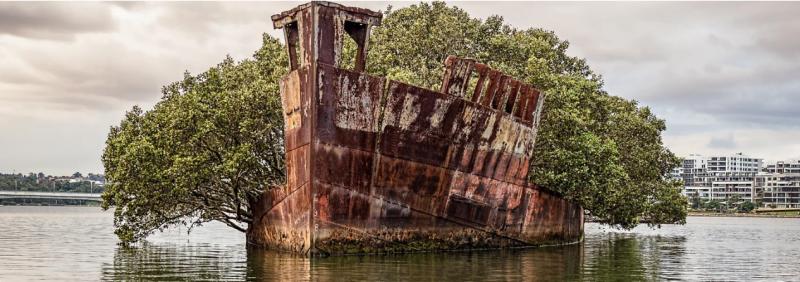 The steam collier SS Ayrfield was 61 years old. Formally called the Corrimal, the 1,140-tonne ship, ran coal between Newcastle and Sydney before serving as a transport ship for Australia during World War II. After the war, she operated again as a collier between Newcastle and Miller’s terminal in Blackwattle Bay. By 1972, she had reached the end of her useful life and was sent to a scrapyard in Homebush Bay, near Sydney, Australia, to be broken up.
The steam collier SS Ayrfield was 61 years old. Formally called the Corrimal, the 1,140-tonne ship, ran coal between Newcastle and Sydney before serving as a transport ship for Australia during World War II. After the war, she operated again as a collier between Newcastle and Miller’s terminal in Blackwattle Bay. By 1972, she had reached the end of her useful life and was sent to a scrapyard in Homebush Bay, near Sydney, Australia, to be broken up.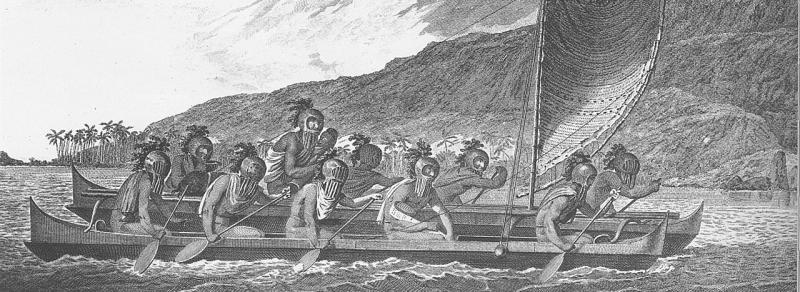 Genetic analysis of modern descendants shows that sailors from the Pacific Islands arrived in the Americas long before Europeans arrived. The question is how long?
Genetic analysis of modern descendants shows that sailors from the Pacific Islands arrived in the Americas long before Europeans arrived. The question is how long?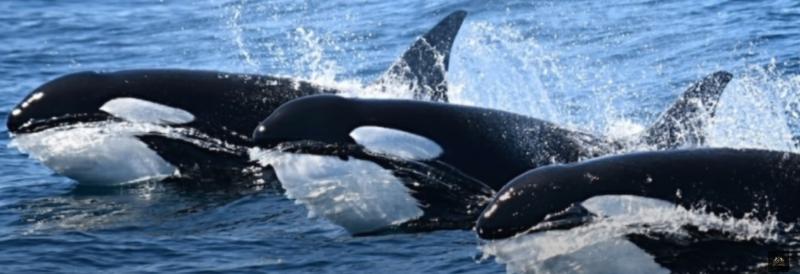 Some sailors along Spain’s Galician coast must be saying “we’re gonna need a bigger boat.” There have been reports of up to 30 attacks by orcas directed at sailboats on the northwestern coast of Spain and Portugal.
Some sailors along Spain’s Galician coast must be saying “we’re gonna need a bigger boat.” There have been reports of up to 30 attacks by orcas directed at sailboats on the northwestern coast of Spain and Portugal. The Danish Ministry of Defense has confirmed that the Russian Navy corvette, Kazanets, collided with the refrigerated cargo vessel,
The Danish Ministry of Defense has confirmed that the Russian Navy corvette, Kazanets, collided with the refrigerated cargo vessel, 
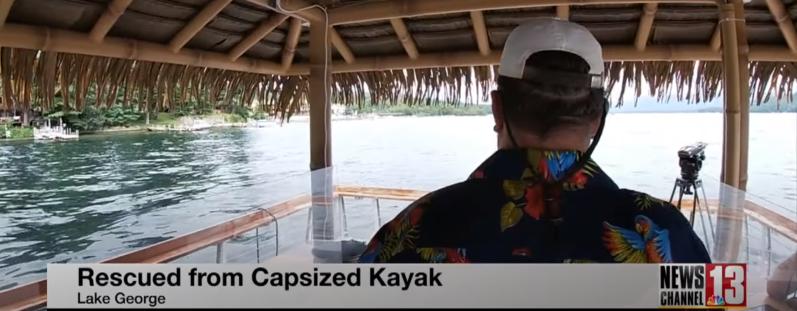 Here is the story of a very lucky kayaker saved by unexpected rescuers on
Here is the story of a very lucky kayaker saved by unexpected rescuers on  This seems like a suitable post for a Sunday in 2020.
This seems like a suitable post for a Sunday in 2020. Congratulations to
Congratulations to  Earlier this month, we
Earlier this month, we  On September 16, 1620, four hundred years ago today, the merchant ship
On September 16, 1620, four hundred years ago today, the merchant ship  Last February we posted “
Last February we posted “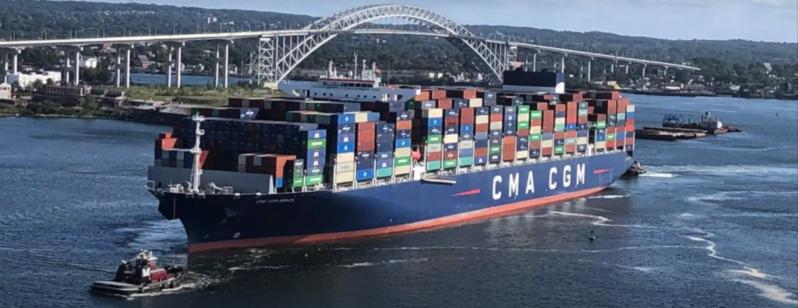 Over the weekend, the container ship, CMA CGM Brazil, docked at the marine terminal in Port Elizabeth, NJ, part of the Port of New York and New Jersey on Newark Bay. At 15,148 TEU, it is said to be the largest container ship ever to call on any port on the U.S. East Coast. To make this possible, the Port Authority invested $1.6 billion dollars to dredge the channel and
Over the weekend, the container ship, CMA CGM Brazil, docked at the marine terminal in Port Elizabeth, NJ, part of the Port of New York and New Jersey on Newark Bay. At 15,148 TEU, it is said to be the largest container ship ever to call on any port on the U.S. East Coast. To make this possible, the Port Authority invested $1.6 billion dollars to dredge the channel and 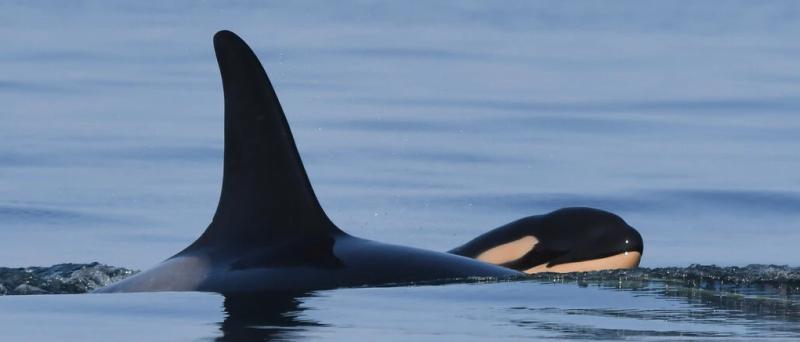
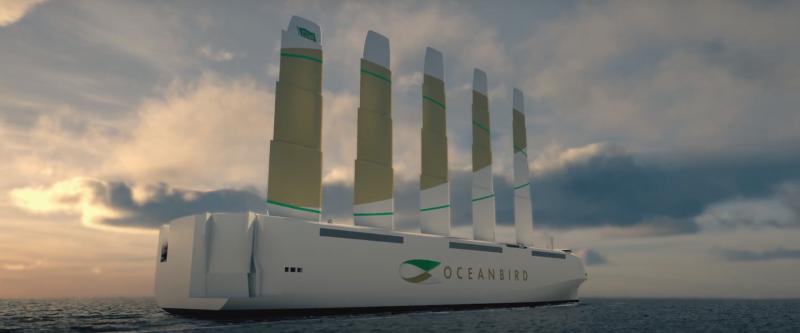 A Swedish consortium that includes
A Swedish consortium that includes  The events of 9/11 are still more clear in my memory than I would like. The dry, clear morning. The call from my wife from the mezzanine of the World Trade Center after the first plane hit the North Tower. The orange blossom of flame when I saw the second plane hit the South Tower. The maelstrom of dust, smoke, and fire after the towers collapsed.
The events of 9/11 are still more clear in my memory than I would like. The dry, clear morning. The call from my wife from the mezzanine of the World Trade Center after the first plane hit the North Tower. The orange blossom of flame when I saw the second plane hit the South Tower. The maelstrom of dust, smoke, and fire after the towers collapsed.
